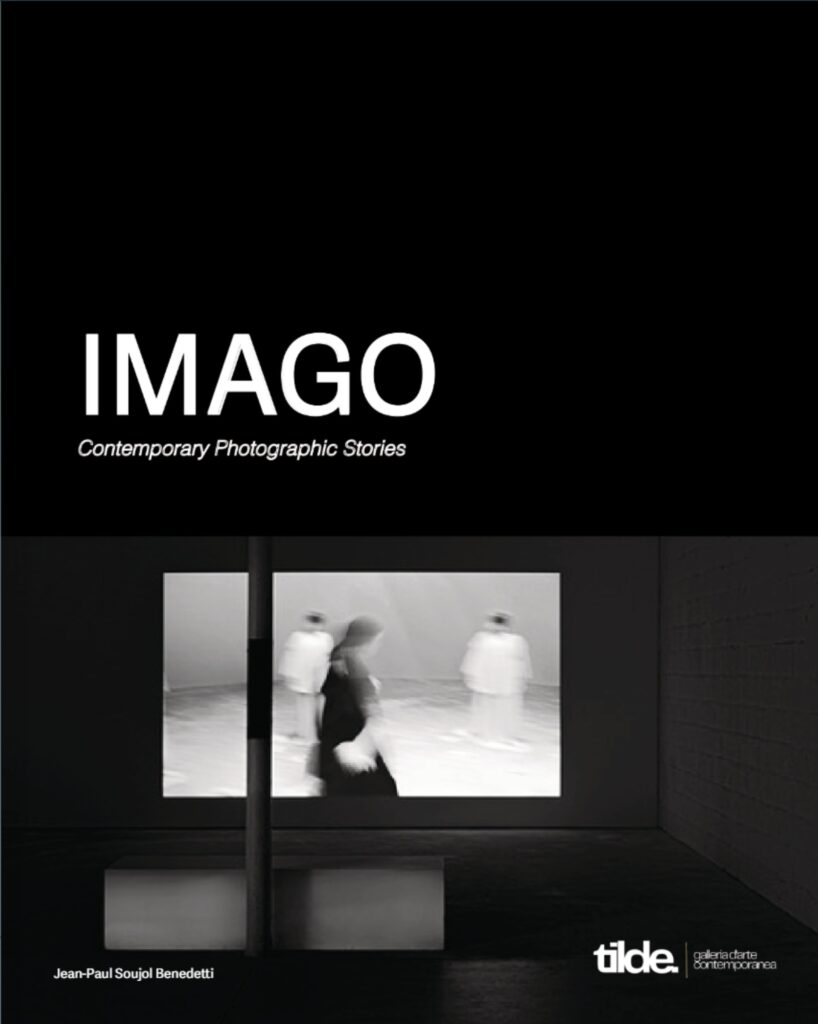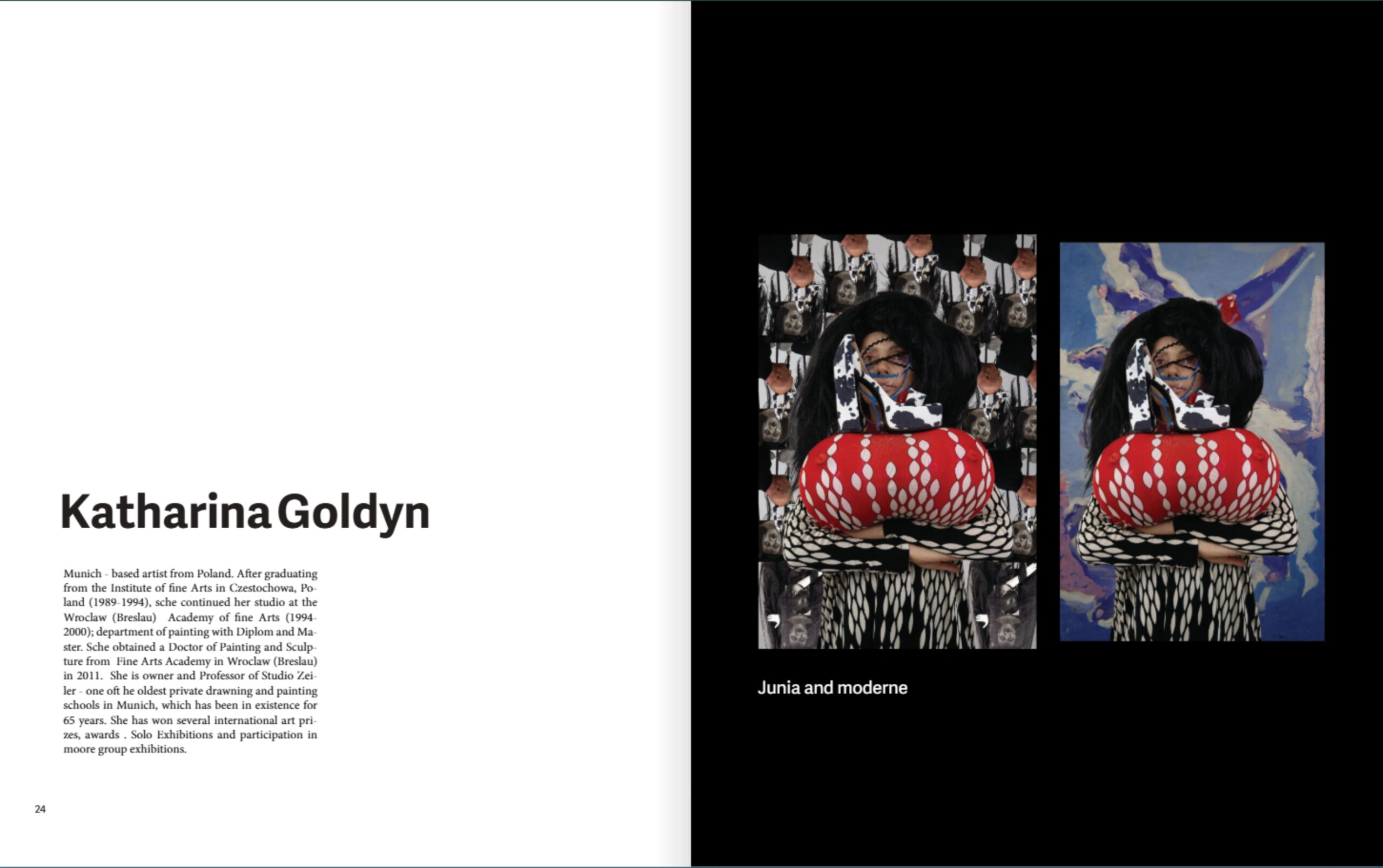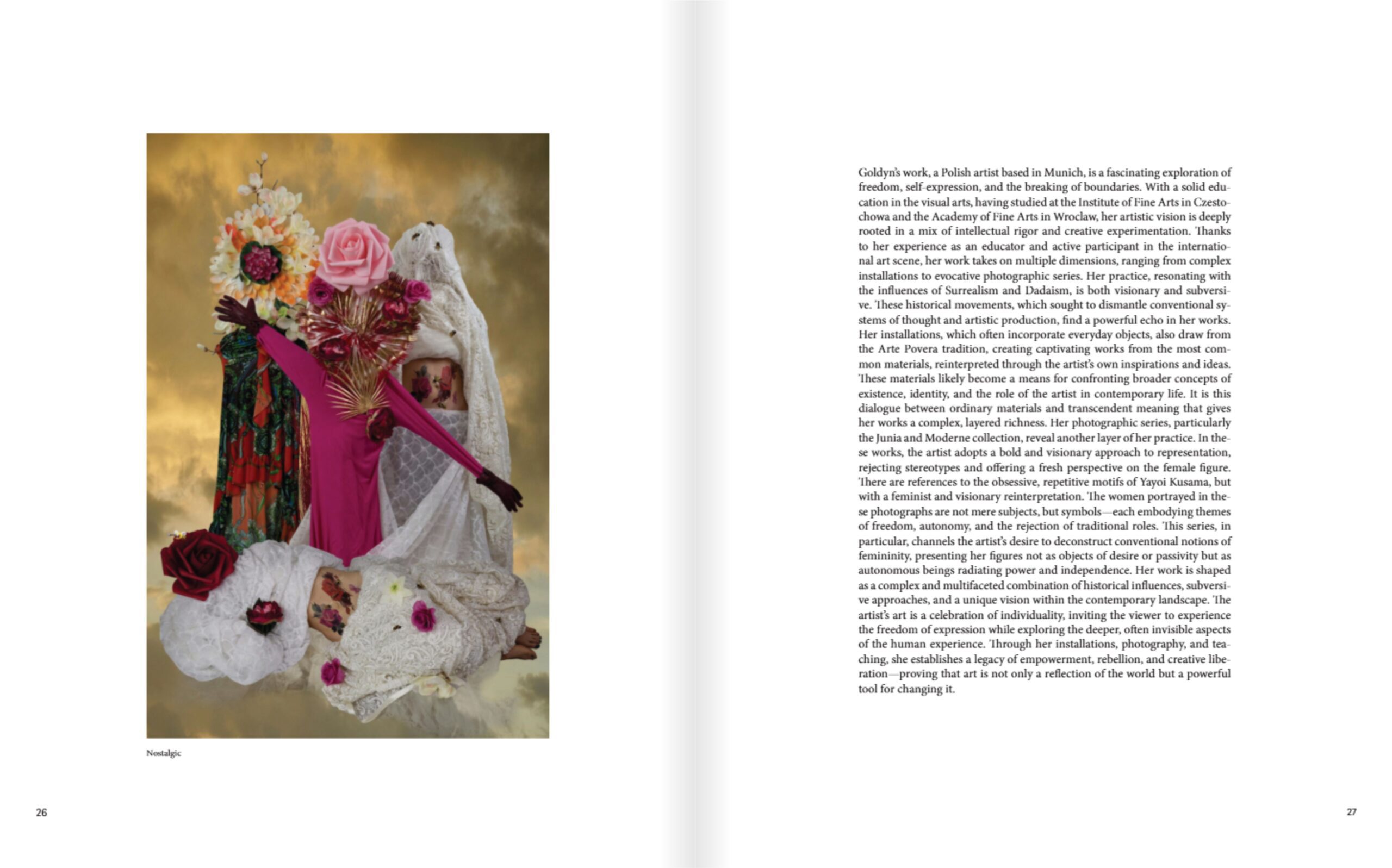


Katharina Goldyn
Munich – based artist from Poland. After graduating from the Institute of fine Arts in Czestochowa, Poland (1989-1994), sche continued her studio at the Wroclaw (Breslau) Academy of fine Arts (1994-2000); department of painting with Diplom and Master. Sche obtained a Doctor of Painting and Sculpture from Fine Arts Academy in Wroclaw (Breslau) in 2011. She is owner and Professor of Studio Zeiler – one oft he oldest private drawing and painting schools in Munich, which has been in existence for 65 years. She has won several international art prizes, awards . Solo Exhibitions and participation in moore group exhibitions.
Goldyn’s work, a Polish artist based in Munich, is a fascinating exploration of freedom, self-expression, and the breaking of boundaries. With a solid education in the visual arts, having studied at the Institute of Fine Arts in Czestochowa and the Academy of Fine Arts in Wroclaw, her artistic vision is deeply rooted in a mix of intellectual rigor and creative experimentation. Thanks to her experience as an educator and active participant in the international art scene, her work takes on multiple dimensions, ranging from complex installations to evocative photographic series. Her practice, resonating with the influences of Surrealism and Dadaism, is both visionary and subversive. These historical movements, which sought to dismantle conventional systems of thought and artistic production, find a powerful echo in her works. Her installations, which often incorporate everyday objects, also draw from the Arte Povera tradition, creating captivating works from the most common materials, reinterpreted through the artist’s own inspirations and ideas. These materials likely become a means for confronting broader concepts of existence, identity, and the role of the artist in contemporary life. It is this dialogue between ordinary materials and transcendent meaning that gives her works a complex, layered richness. Her photographic series, particularly the Junia and Moderne collection, reveal another layer of her practice. In these works, the artist adopts a bold and visionary approach to representation, rejecting stereotypes and offering a fresh perspective on the female figure. There are references to the obsessive, repetitive motifs of Yayoi Kusama, but with a feminist and visionary reinterpretation. The women portrayed in these photographs are not mere subjects, but symbols—each embodying themes of freedom, autonomy, and the rejection of traditional roles. This series, in particular, channels the artist’s desire to deconstruct conventional notions of femininity, presenting her figures not as objects of desire or passivity but as autonomous beings radiating power and independence. Her work is shaped as a complex and multifaceted combination of historical influences, subversive approaches, and a unique vision within the contemporary landscape. The artist’s art is a celebration of individuality, inviting the viewer to experience the freedom of expression while exploring the deeper, often invisible aspects of the human experience. Through her installations, photography, and teaching, she establishes a legacy of empowerment, rebellion, and creative liberation—proving that art is not only a reflection of the world but a powerful tool for changing it.
Read page 24